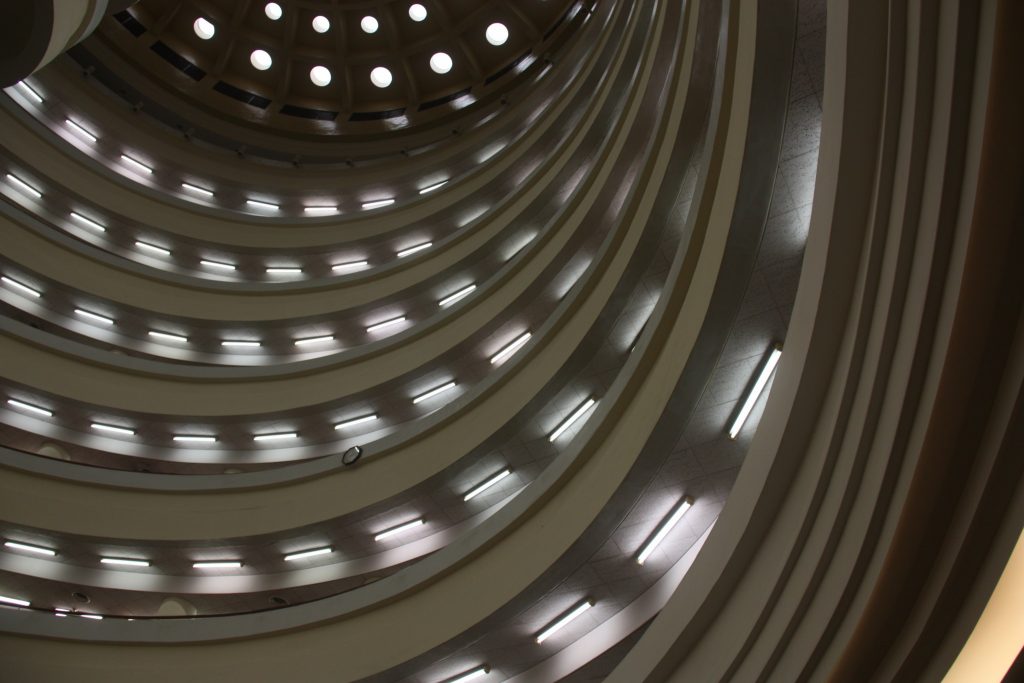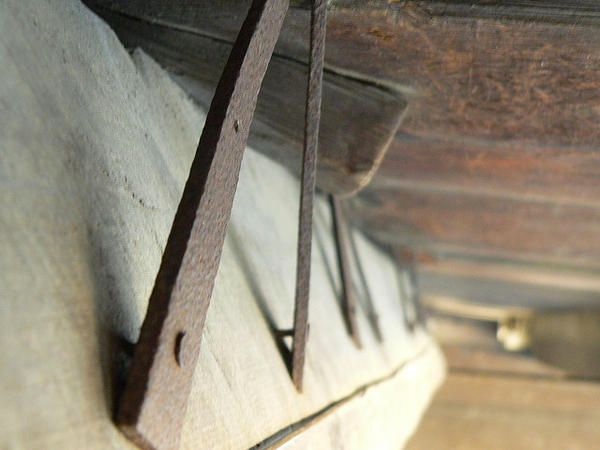26
Oct
2016
Sound in Architecture: Architecture Design Tips

Reading Time: 2 minutes
Sound in architecture is often misrepresented or misguided as architects place emphasis on the visual aspect of a building. While we cannot deny the marvel and beauty of such structures and are often mesmerised by the facades. We tend to forget how sound and other elements are affected by the structures. How can we add value to our architecture masterpieces?
Sound in architecture can separate a normal building from an iconic one. While architecture has a strong visual aspect as it combines strong forces of design, art, history, science and engineering and influences. It often lacks an important element of aural pleasure not making it memorable as it deserves to be.
Max Neuhaus, an American classical musician, and artist writes that ‘the sounds of our man-made sound environment are usually simply byproducts-the results of not caring whether something makes a sound or not, and if it does, not caring what sound it makes’. There needs to be greater awareness that acoustics do contribute to the experience of a building and it’s time to dedicate greater efforts towards designing the aural environment in a building too.
Intersection of sound and architecture
The lack of attention toward acoustic design WAS NOT always the case in architecture. One example is Nijo Castle in Kyoto, Japan. The hallway is made of uguisubari or Nightingale Floor. These floors were designed to use nails to create squeaking noise when pressure is applied . This was used as a security device. Check out the video
The Music Hall at Ali Qapu Palace, Iran is another case that connects sound and architecture. The building was constructed to achieve acoustic performance by ensuring low reverberation time of sound which is suitable for Iranian ballads.This was achieved by constructing an umbrella of niches overhead.
The importance of acoustic design in architecture today is more crucial than we can ever imagine. While it is built for the comfort and design of people, the nature of sound should transcend into developing an experience.
The Changing Landscape of Architecture
With increasing urbanization, acoustic design in buildings becomes essential because of proximity to everything. As such sound in architecture also has to change with time as soundproofing and acoustic treatment have to be an integral part of daily life yet we do not see this often in Singapore. Neighbours’ conversations and traffic noises are just some unwelcoming sounds that intrude the living spaces Singaporean homes in public housing estates. For more information on common residential noise problems, check this out
The common issues with sound in architecture are that most of us are often affected but aren’t so aware of it. Classrooms are open to noise traffic and at times teachers have to raise their voices to be heard due to noises from outside the classrooms.
The question is shouldn’t acoustic design be essential in a building where people live very close proximity to one another?
Julian Treasure, a sound expert states that “Designing for experience, not appearance, to have spaces that sound as good as they look, that improve our health, wellbeing, social behavior and productivity”.
Conclusion
Generally, people do not have much awareness on the intersection of sound and wonderful architecture. Acoustic design is an essential part of a successful design of a building. As stated by Max Neuhaus, “The ear does things which the eye can’t do; the eye does things which the ear can’t do. In addition, visual and aural perception are complementary systems. It is not a question of one being better than the other; they fit together”.







Thanks for the great architectural design tips! I am a student majoring in architecture and so this information is perfect for me. Any edge that I could get, I would really appreciate. I was unaware that the acoustics were so important. Thanks again!